4-Day Malta Itinerary: Ultimate Island Escape
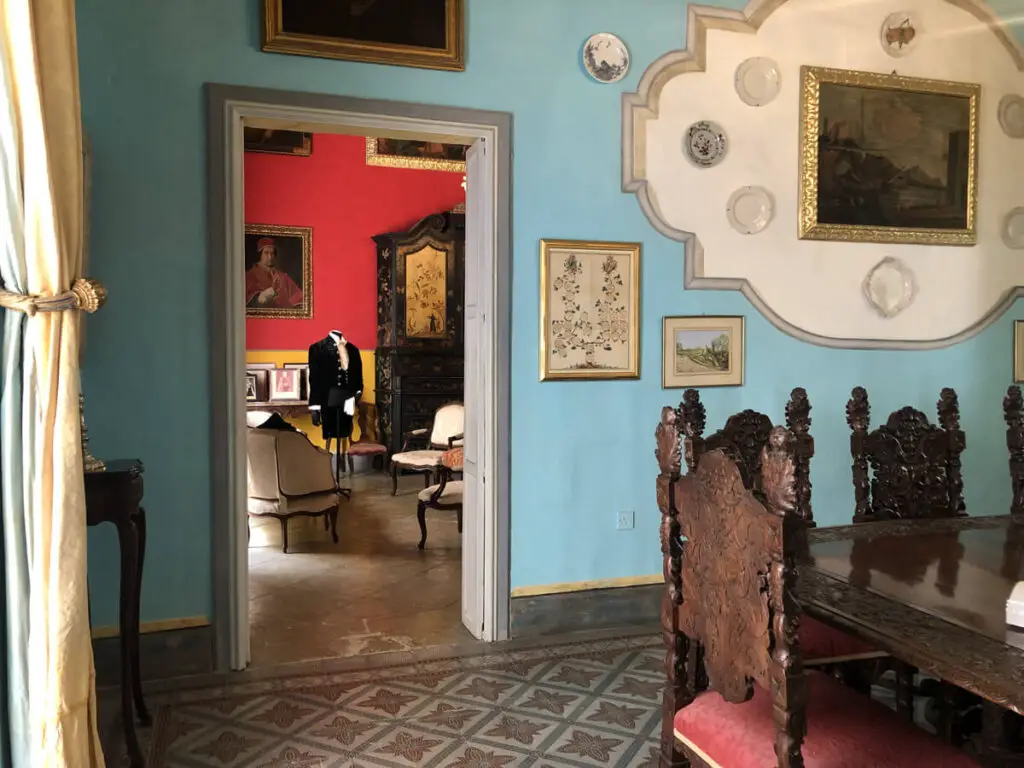
For such a small group of islands the Maltese archipelago has a lot to discover. Most visitors are pleasantly surprised by the wealth of historical attractions there are. However there is a diverse range of activities and experiences available on the islands.
4 days in Malta will enable you to visit some of the island’s top attractions. Explore lovely traditional villages providing an authentic experience, fortified cities with grand noble palaces, UNESCO world heritage sites and picturesque beaches. However, cramming too many sites in a short period may feel rushed and leave out other great places to visit.
In fact you may want to consider a 7 day itinerary instead. Additionally if you have kids you may want to adapt your selection to include some fun kids activities. Now here is the ultimate 4 day itinerary.
Day 1: Valletta
One of the things Malta is famous for, is its rich history. Valletta is no exception, its a wonderful UNESCO world heritage site. It is beautiful and there are plenty of things to see and do as I outlined on this 2 day guide of Valletta. However, given this is a 4 day itinerary and there are so many other things to do in the Maltese Islands, you will need to limit your visit to Valletta to 1 day.
I will not dwell too long on Valletta since most of the information is already covered in the 2 day guide. Here are the top highlights of Valletta you should visit:
- Upper Barrakka
- St John’s co Cathedral
- Grand Masters Place
- Casa Rocca Piccola
Upper Barrakka and Saluting Battery
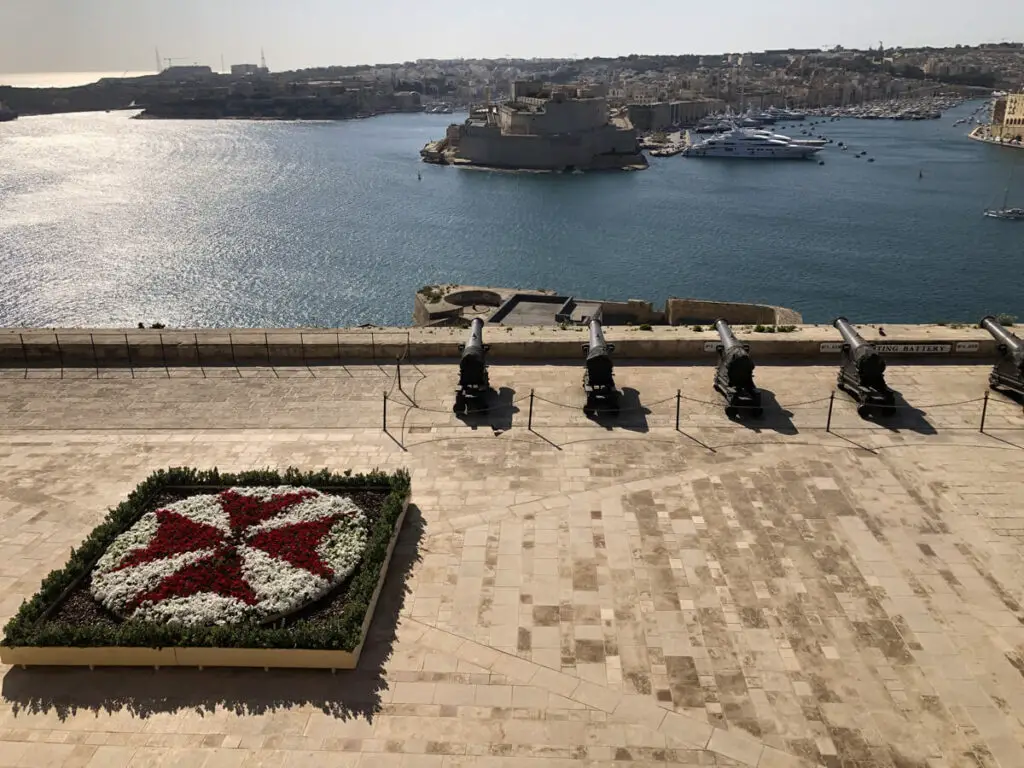
The Upper Barrakka Gardens presents the most stunning view of the Grand Harbour. It is listed in the top list of the most beautiful places to visit on the Maltese Islands. Additionally it would be ideal if you time your visit to coincide with the gun fire of the saluting battery cannons at noon or 4pm.
Back in the 16th century, the saluting battery was originally used to signal the arrival and departure of ships. Today it is purely ceremonial and serves as a traditional spectacle for tourists and locals alike. It is a way of preserving Malta’s rich history and military heritage, as well as providing a unique and memorable experience for visitors to the island.
St John’s Co-Cathedral
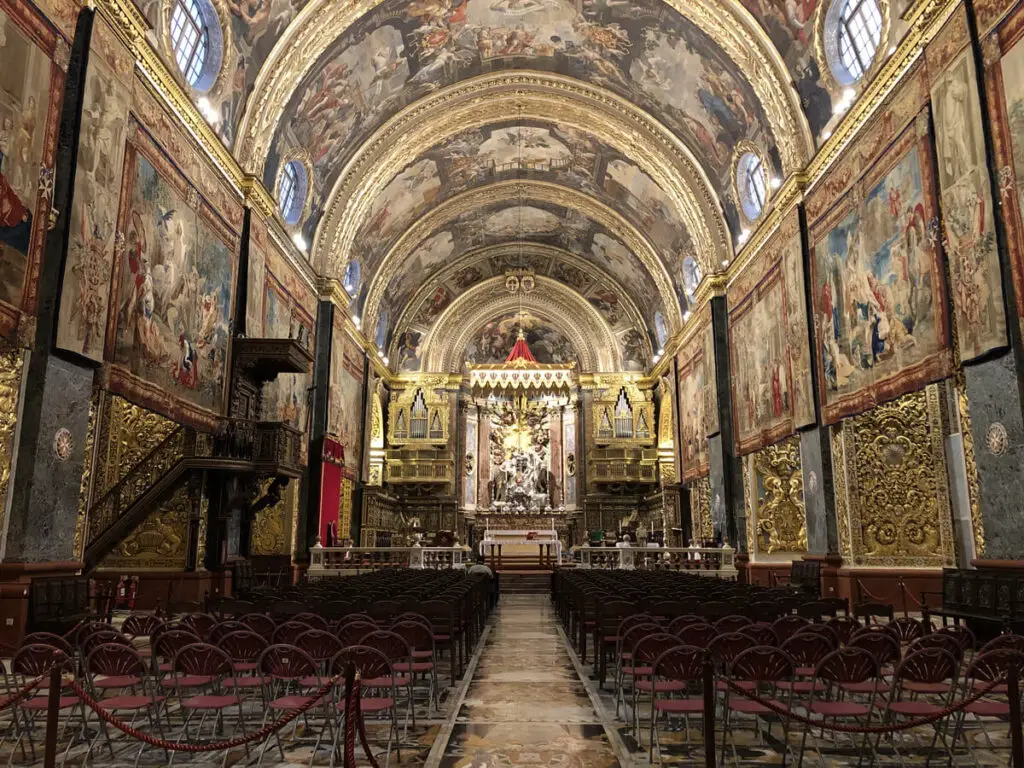
No visit to Valletta would be complete without visiting St. John’s Co-Cathedral! It is an iconic religious landmark built by the Knights of St. John in the 16th century. It is widely regarded as one of the finest examples of Baroque architecture in Europe.
The cathedral is a masterpiece of art and architecture. It is adorned with grand marble columns, intricate carvings, lavish gold leaf decorations, and stunning frescoes by some of the most prominent artists of the era.
The intricate floor is particularly amazing. It is made up of over 400 unique marble tombstones commemorating the knights and other notable figures buried there. The cathedral museum also houses a number of important works of art. The most important masterpiece is “The Beheading of St. John the Baptist” by the famous, Renaissance artist Caravaggio.
St. John’s Co-Cathedral is a must-visit due to its sheer beauty and grandeur. It is an unforgettable experience, offering a glimpse into Malta’s rich history and artistic heritage.
Grand Masters Palace
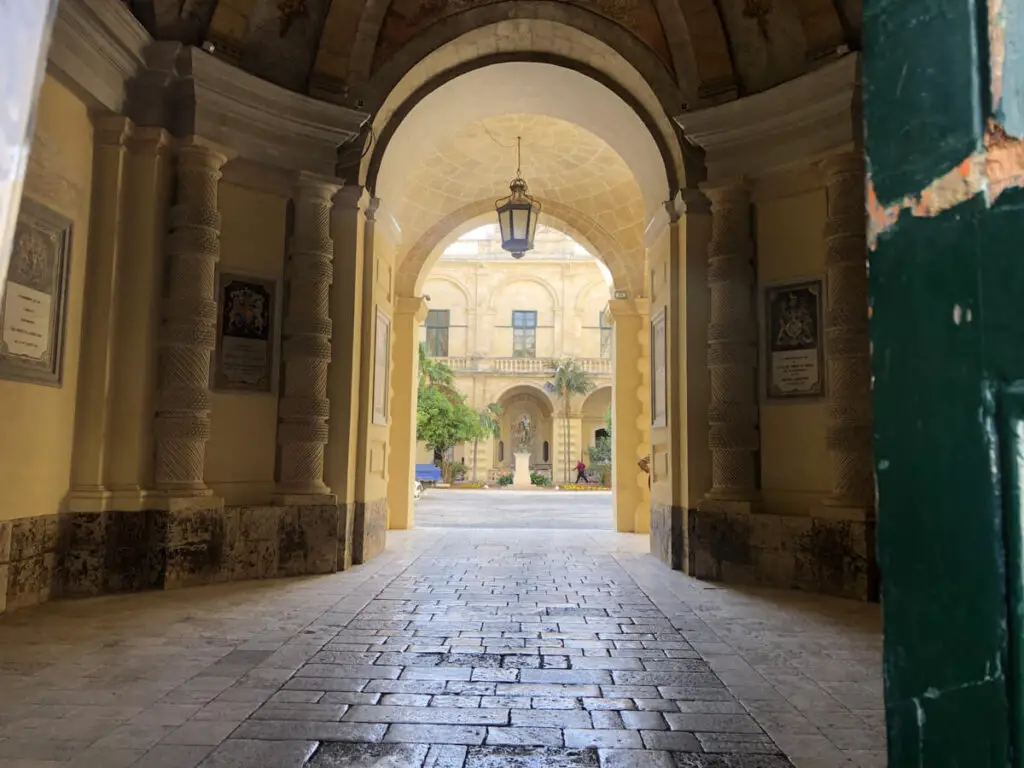
The Grand Masters Palace is a historic building built in the 16th century. It was originally built as the residence of the Grand Master of the Knights of St. John. Today, it houses the Office of the President of Malta and serves as a museum for visitors to learn about the history of the island.
The palace features a stunning collection of art and artefacts, including tapestries, furniture, and weaponry. You can explore the opulent state rooms, including the Throne Room and the Ambassador’s Hall. The palace also boasts beautiful gardens and a courtyard that provide a peaceful escape from the hustle and bustle of the city.
Casa Rocca Piccola
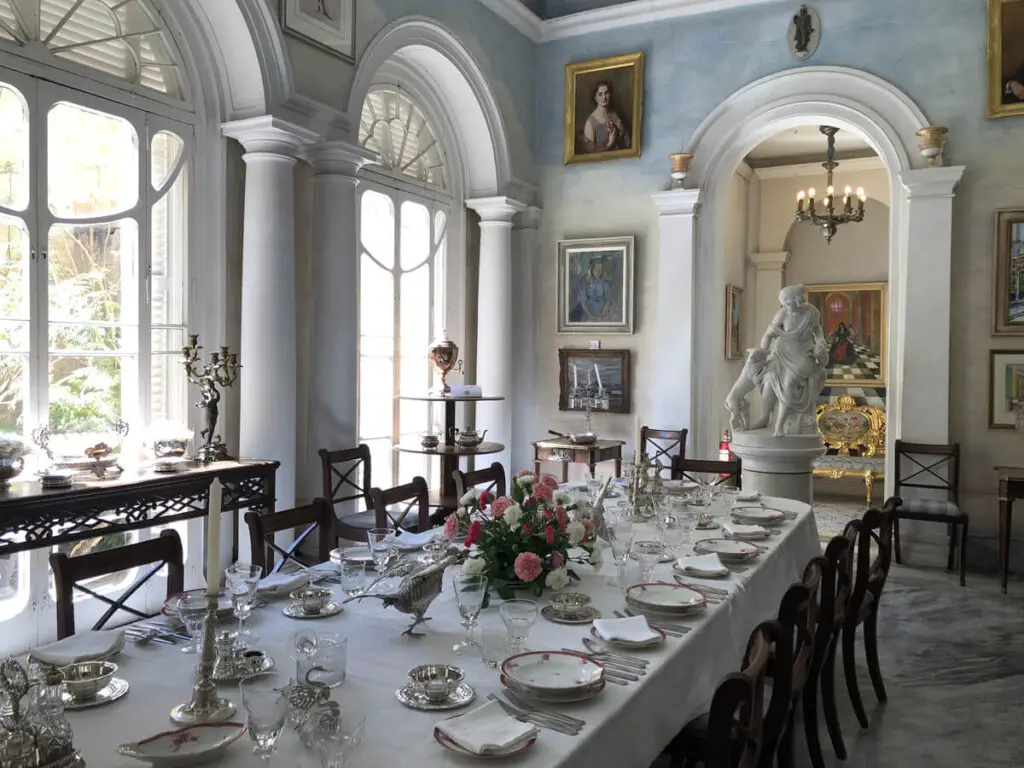
Casa Rocca Piccola is a historic palazzo built in the 16th century. It was the home of a Maltese noble family for over 400 years. Today, it serves as a museum and offers visitors a unique glimpse into the daily life of a Maltese aristocratic family.
The house is filled with treasures and artefacts, including period furniture, paintings, and personal belongings of the family. You can explore the stunning state rooms, including the dining room and drawing room, and learn about the fascinating history of the family and the building.

Day 2: Gozo
When you spend 4 days in Malta, you should consider visiting Gozo. There isn’t as much to do in Gozo in comparison to Malta, but most local Maltese will admit it is more beautiful. It is less developed, with more stunning views and wilder with a few select places of interest.
Places you should visit in Gozo:
- Ggantija Neolithic Temples
- The Citadel
- Dwejra Inland Sea
- Ramla il-Hamra
Ggantija Neolithic Temples
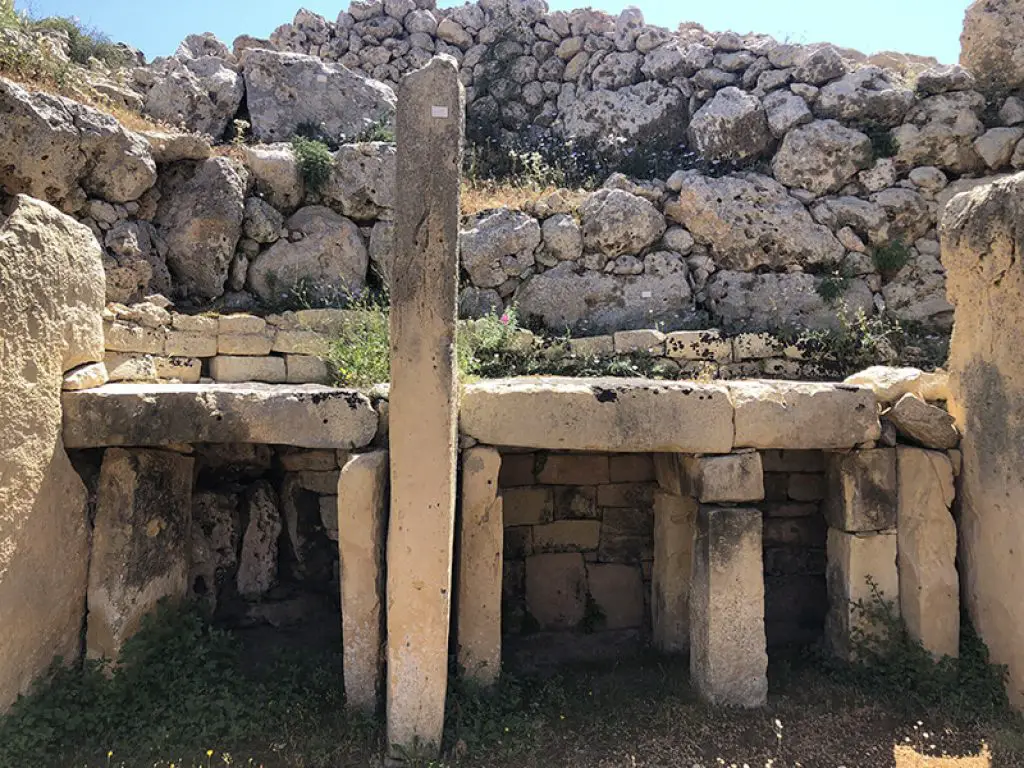
The Ggantija Neolithic temples are an ancient archaeological site. They were built between 3600 and 3200 BC, making them one of the oldest free-standing structures in the world. The site is part of the UNESCO World Heritage Sites, along with other Maltese temples such as Hagar Qim, Mnajdra, and Tarxien.
The temples consist of two large stone structures, each with a series of chambers and altars. The stones used in the construction are enormous and weigh up to 50 tons. The temples are believed to have been used for religious purposes and to have been an important centre of worship in the Neolithic era.
The Citadel
The Citadella in Gozo is a fortified complex that is an important part of the island’s history. Originally built by the Phoenicians, it has been rebuilt and expanded by various rulers throughout history, including the Knights of Malta.
Today, this tiny city it is a major tourist attraction. Visitors can explore the site and enjoy stunning views of the surrounding countryside. The Citadella also contains a range of museums, including the Gozo Museum of Archaeology and the Folklore Museum, which offer a fascinating insight into the history and culture of Gozo.
Ramla il-Hamra
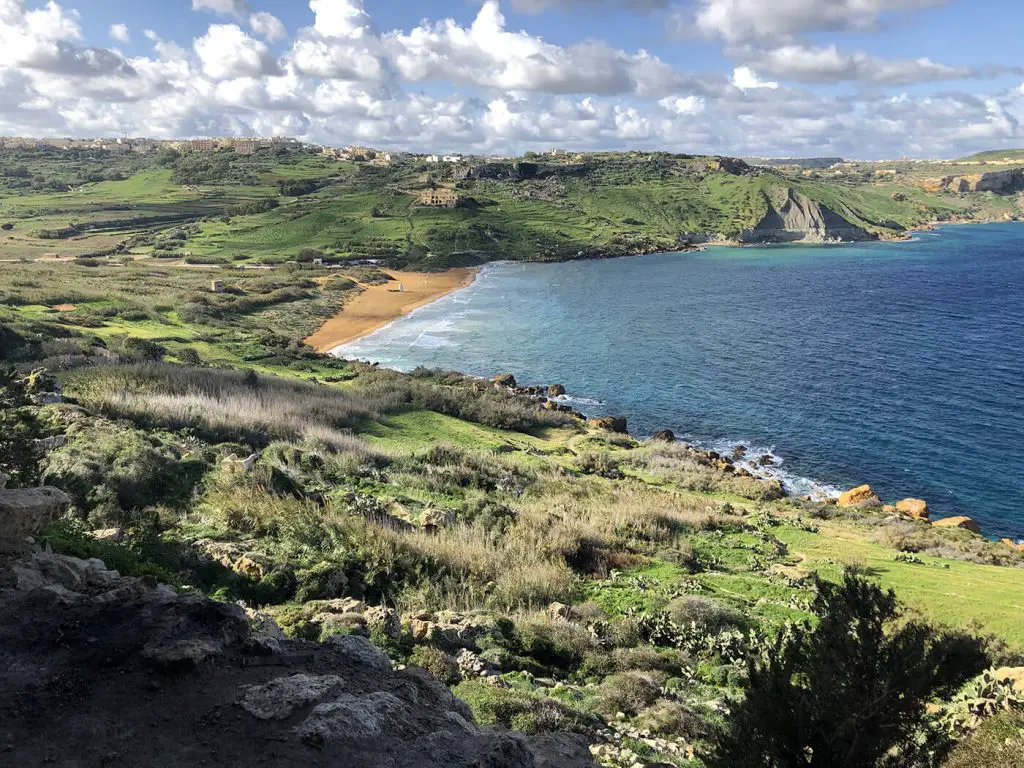
Ramla il-Hamra is a stunning red sandy beach on the northern coast of Gozo. It is the largest and most popular beach in Gozo, offering crystal-clear waters and a picturesque landscape. As a result it makes it an ideal spot for swimming, sunbathing, and snorkelling during the summer months.
If you want to see one of the most spectacular views in the Maltese Islands, the view of Ramla il-Hamra from tal-Mixta cave is simply breathtaking. You will need transport to get close to the cave and last part will require a short walk. The hike up to the cave is not strenuous and is definitely worth it for the panoramic views. It is located on a hill overlooking the bay here on Google Maps.
Day 3: Mdina, Rabat and San Anton Gardens
Mdina
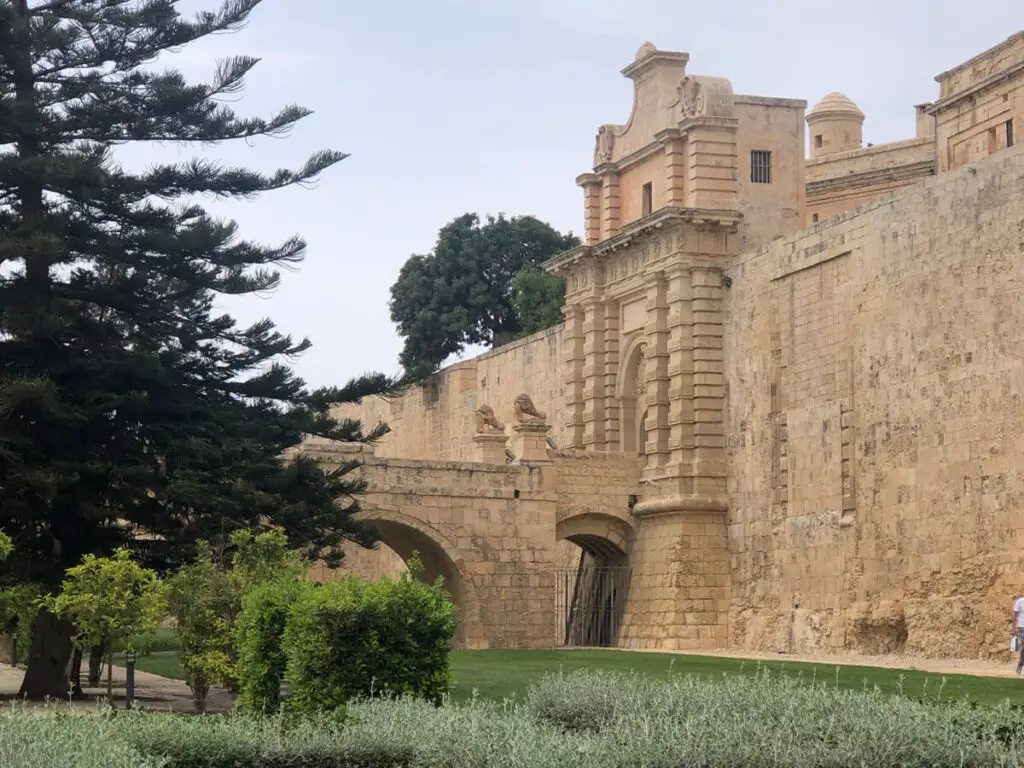
Mdina is a fortified city in Malta known as the “Silent City” with a long history. The first fortifications of Mdina were built by the Arabs during their occupation of Malta in the 9th century. The city was then further developed under the Norman rule in the 11th century.
After that the Knights of St. John left their mark on the city in the 16th and 17th centuries. In fact Mdina has many buildings constructed in the Baroque style.
Mdina also offers stunning panoramic views of the island from the Bastion Square. You can also learn about the city’s history at the Mdina Experience museum. Mdina is also home to several cultural events throughout the year, including the annual Mdina Grand Prix classic car race and the Medieval Mdina Festival.
Rabat
Once you visit Mdina, you should also visit the neighbouring village of Rabat. Rabat is a town with a rich history and cultural heritage. The town is most famous for its extensive network of Catacombs, which date back to the Roman era.
The Catacombs are an underground maze of tombs, chambers, and corridors that were used as burial sites for early Christians. The site is well-preserved and offers a unique insight into the ancient customs and traditions of the island.
Rabat is also home to several other historic sites, most importantly the Roman Villa. You can easily get an overview of Rabat and Mdina on the tourist train which departs from in front of the Roman Villa.
San Anton Gardens
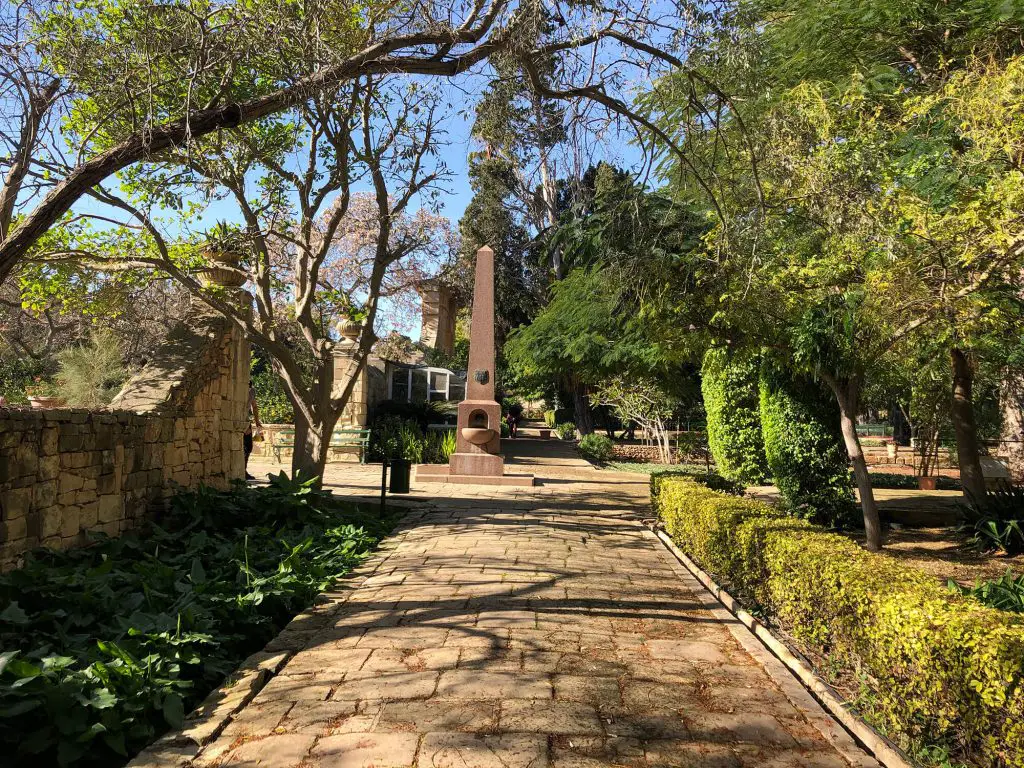
San Anton Gardens is a beautiful botanical garden located in the town of Attard in central Malta. The gardens were originally built as a private residence for Grand Master Antoine de Paule in the 17th century.
The garden’s stunning features include a maze, numerous fountains, and a variety of plant species. That includes rare and exotic trees and also some birds and animals. The gardens are a perfect spot for a leisurely walk, or simply to relax and enjoy the peaceful surroundings. To learn more about the gardens you can have a look at this feature about San Anton Gardens.
Day 4: Hypogeum and Marsaxlokk or the Blue Lagoon
Not everyone likes the same things so I thought I would provide a choice for the last day. You could pick the underground prehistoric temple of the Hypogeum and Marsaxlokk a traditional fishing village for the day. Alternatively for any water babies, a day at the beach at the stunning Blue Lagoon in Comino.
Hal Saflieni Hypogeum
The Hypogeum is an underground prehistoric temple in Malta, dating back to around 3600 BC. It is believed to be one of the oldest and most impressive underground structures in the world.
The Hypogeum is a UNESCO World Heritage site and attracts thousands of visitors every year who come to see its unique architecture, mysterious carvings, and ancient artefacts. However, due to its fragile nature, only a limited number of visitors are allowed each day, and advanced booking is required.
Marsaxlokk
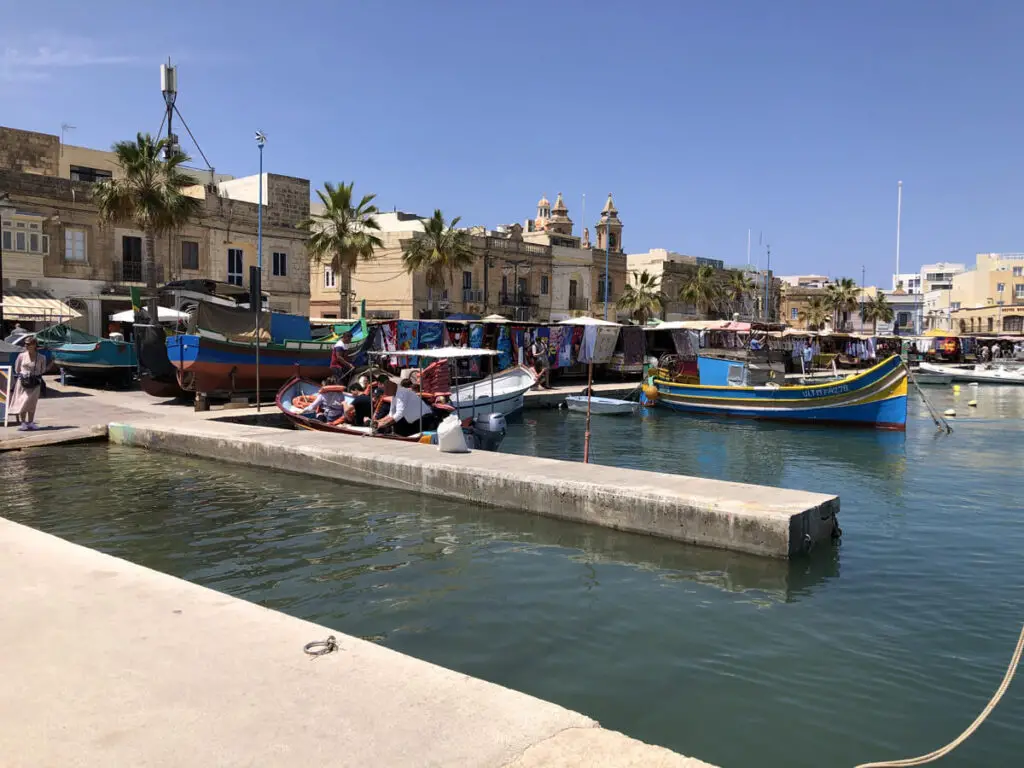
Marsaxlokk is a picturesque fishing village on the southern coast of Malta. The village is known for its colourful traditional Maltese fishing boats, called luzzus, and the Sunday market held along the waterfront on Sunday morning.
The village also offers a relaxing atmosphere. There are several restaurants serving fresh seafood and a promenade along the waterfront. Marsaxlokk is an ideal spot to enjoy a leisurely afternoon or evening while experiencing the local way of life.
Additionally, visitors can explore the nearby St. Peter’s Pool, a natural swimming pool located along the rocky coastline, and the nearby Blue Grotto, a series of sea caves renowned for their crystal-clear waters and stunning natural beauty.
The Blue Lagoon, Comino
The Blue Lagoon is featured on our list of beaches in Malta. It is a must-visit destination, known for its crystal-clear turquoise waters and pristine white sand. Located on the small island of Comino, you can take a short ferry ride to spend a day swimming and sunbathing in this idyllic spot.
With its shallow waters, the Blue Lagoon is perfect for snorkelling and exploring the underwater world, or simply lounging on a float and taking in the stunning views. You can get on top the small hill to get to the blue lagoon to capture breathtaking panoramic views of the lagoon and surrounding areas.
Despite its popularity, the Blue Lagoon’s natural beauty remains untouched, making it a true paradise.
Related Articles
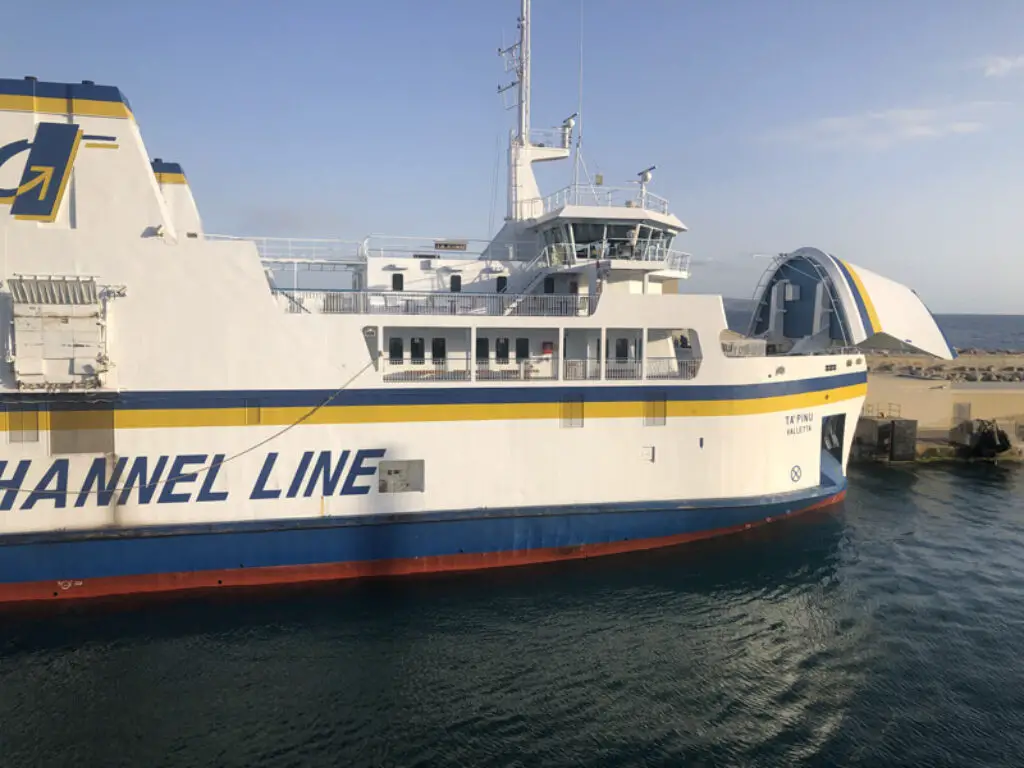
Water Taxis and Ferries in Malta: A Complete Guide
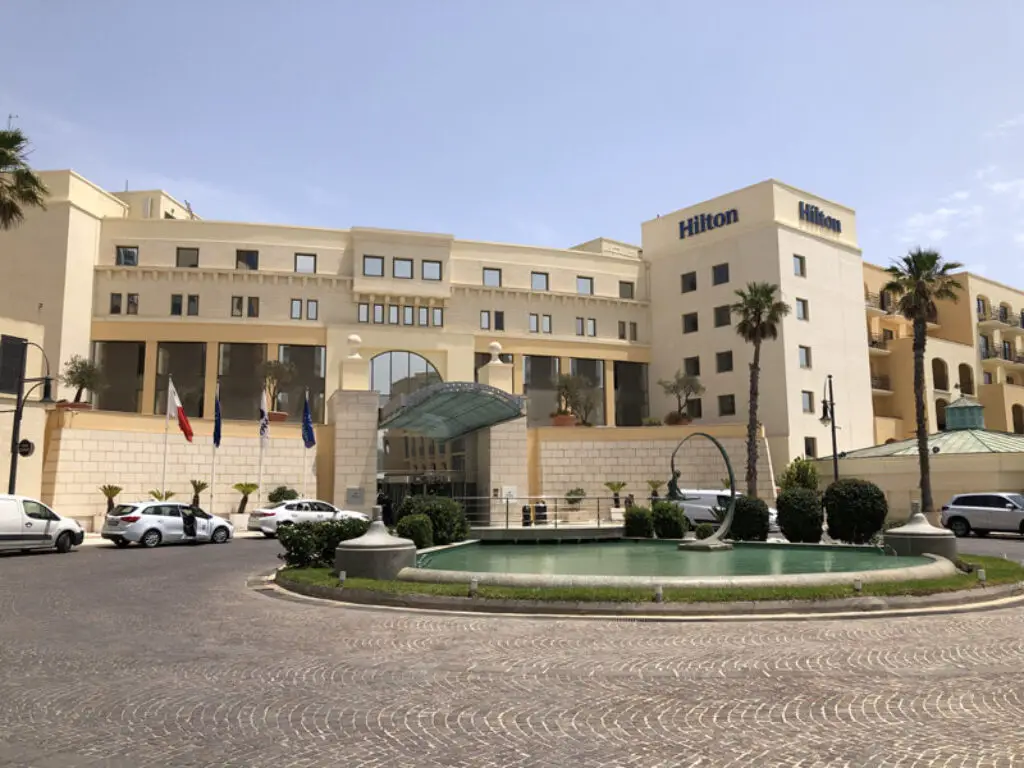
Where to Stay in Malta: Sliema, St Julian’s or Valletta
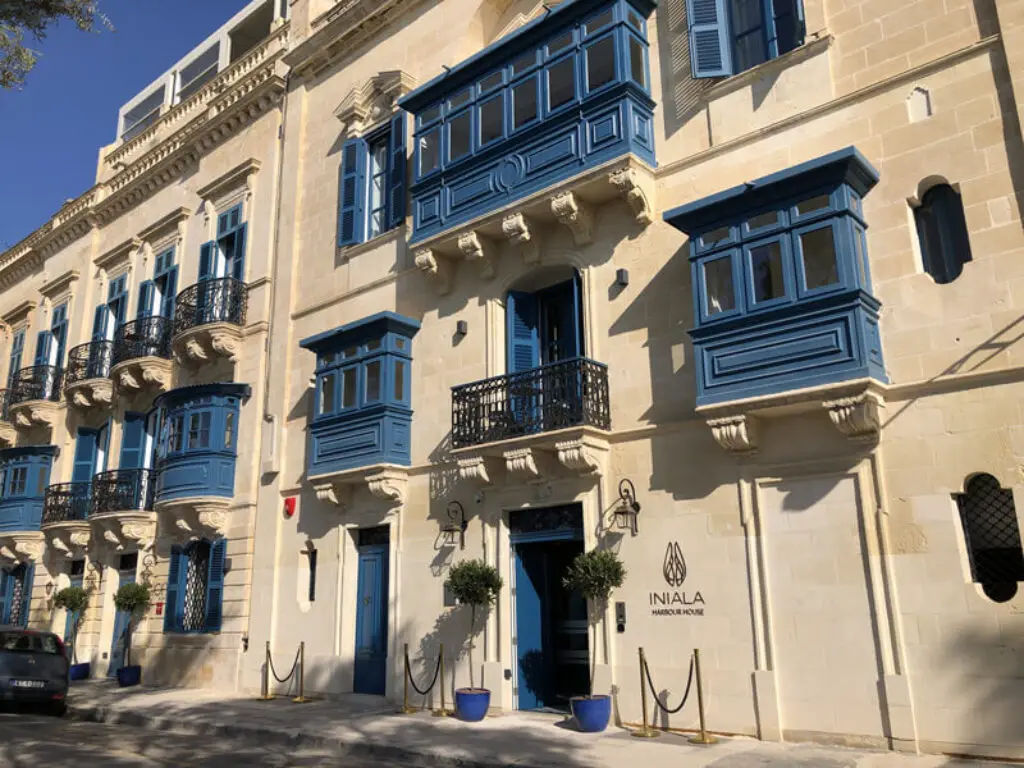
2 Best Hotels For The Most Amazing Luxury Holiday in Malta